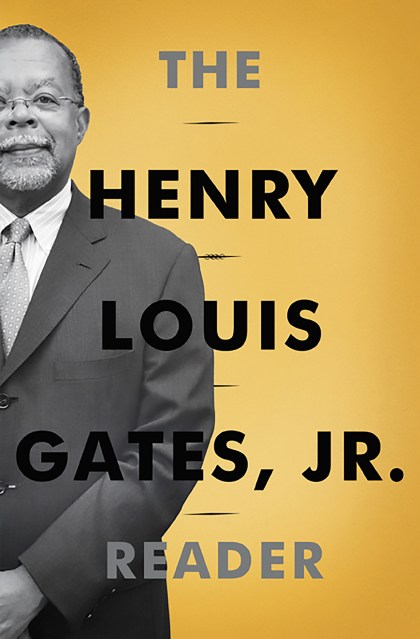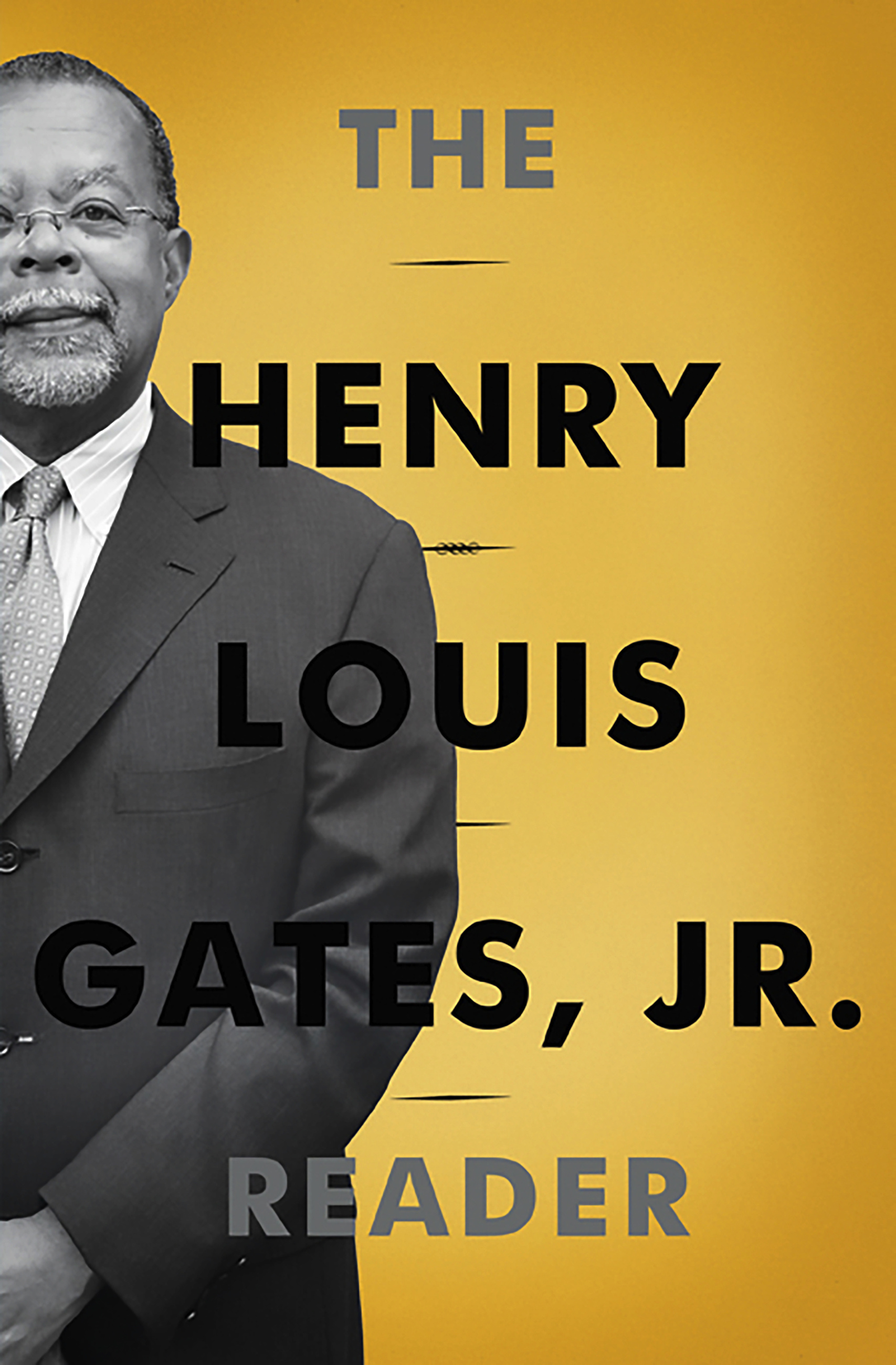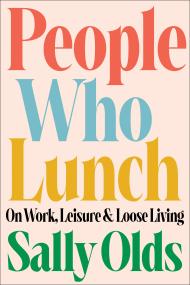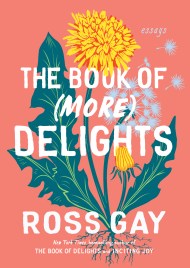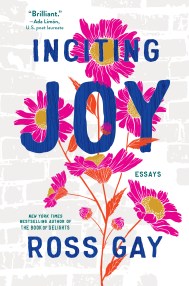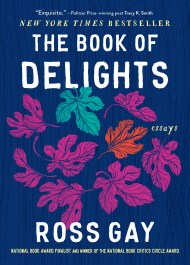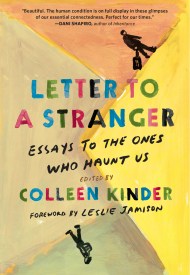Promotion
Use code MOM24 for 20% off site wide + free shipping over $45
The Henry Louis Gates, Jr. Reader
Contributors
Edited by Abby Wolf
Formats and Prices
Price
$50.00Price
$63.00 CADFormat
Format:
- Hardcover $50.00 $63.00 CAD
- ebook $20.99 $26.99 CAD
This item is a preorder. Your payment method will be charged immediately, and the product is expected to ship on or around May 1, 2012. This date is subject to change due to shipping delays beyond our control.
Also available from:
From his earliest work of literary-historical excavation in 1982, through his current writings on the history and science of African American genealogy, the essays collected here follow his path as historian, theorist, canon-builder, and cultural critic, revealing a thinker of uncommon breadth whose work is uniformly guided by the drive to uncover and restore a history that has for too long been buried and denied.
An invaluable reference, The Henry Louis Gates, Jr., Reader will be a singular reflection of one of our most gifted minds.
Genre:
- On Sale
- May 1, 2012
- Page Count
- 656 pages
- Publisher
- Civitas Books
- ISBN-13
- 9780465028313
Newsletter Signup
By clicking ‘Sign Up,’ I acknowledge that I have read and agree to Hachette Book Group’s Privacy Policy and Terms of Use
